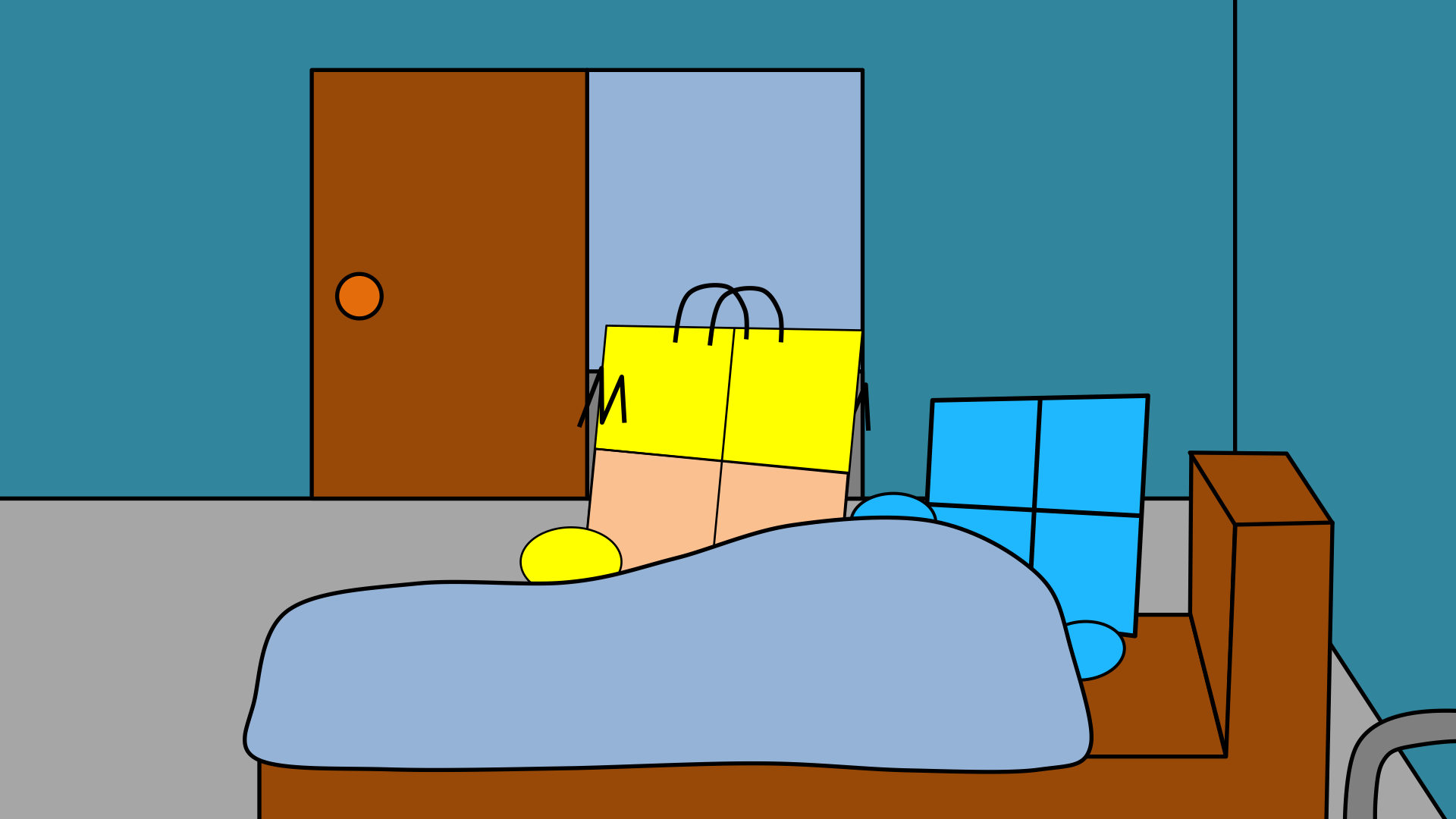
You can filter applications by a label in the applications screen. Labels are displayed in blue in the bottom right corner of the row. Or you can open this screen by clicking on the right arrow icon in the applications screen and selecting Edit labels. You can add a label to an application or remove label by clicking on the row of the application and selecting Edit labels. Application labels screenĪpplications can be organized by labels. The color of application name is white for system applications and orange for a user applications. You can click on the row of the application to do other operations. If you click on the icon of an application then the manage application system screen opens. This screen displays applications on your device.

If you click on the Clipboard row then you can modify it. You can click on a row to open the more information dialog. This screen displays other information about your device: build, operation system, settings, configuration, clipboard, environment variables, features, java system properties and shared libraries If an external device is connected to your device via USB then Elixir can display information about it.
#BART WIDGET LINUX ANDROID#
#BART WIDGET LINUX UPDATE#
Location: turn gps on/off, view location in map, view detailed address, update location if possible.Bluetooth: turn on/off, make discoverable, start/cancel discovery.Wi-Fi: turn wifi, hotspot, usb tethering on/off.Telephony: turn mobile data, apn, wimax on/off.

If you would like to remove this extra row then click on the row and select the Remove this external storage option. If you do so then a new row appears displaying information about this storage. A new dialog appears where you have to set the path of this external storage. If you have an extra external storage then click on the row of external storage and select the Set an extra external storage option. External storage: refresh storage, mount/unmount storage, turn usb mass storage on/off, set an extra storage.Internal storage: clear application caches.It has the same result as if you click on the right/left arrows.

On these screens you can use swipe left/right gestures too. If you click on the component then a popup appears. You can select other item or go to other screen by clicking on the arrow icons or the component itself. On some screens there is a selector component right below the header. Opens the configuration screen regarding to the current screen. If you click on the help icon then it displays information about the usage of the current screen. You can refresh the screen or the list content by clicking on this icon. You can go to system screens or do some action related to the screen by clicking on this icon. If a list supports text filtering then you can use the physical search button to open text filter dialog. You can access list-specific actions here: filtering and sorting. You can go to other screens by clicking on the main icon. These icons work similar in every screen.

There is a header row at the top of Elixir screens which contains different icons.


 0 kommentar(er)
0 kommentar(er)
